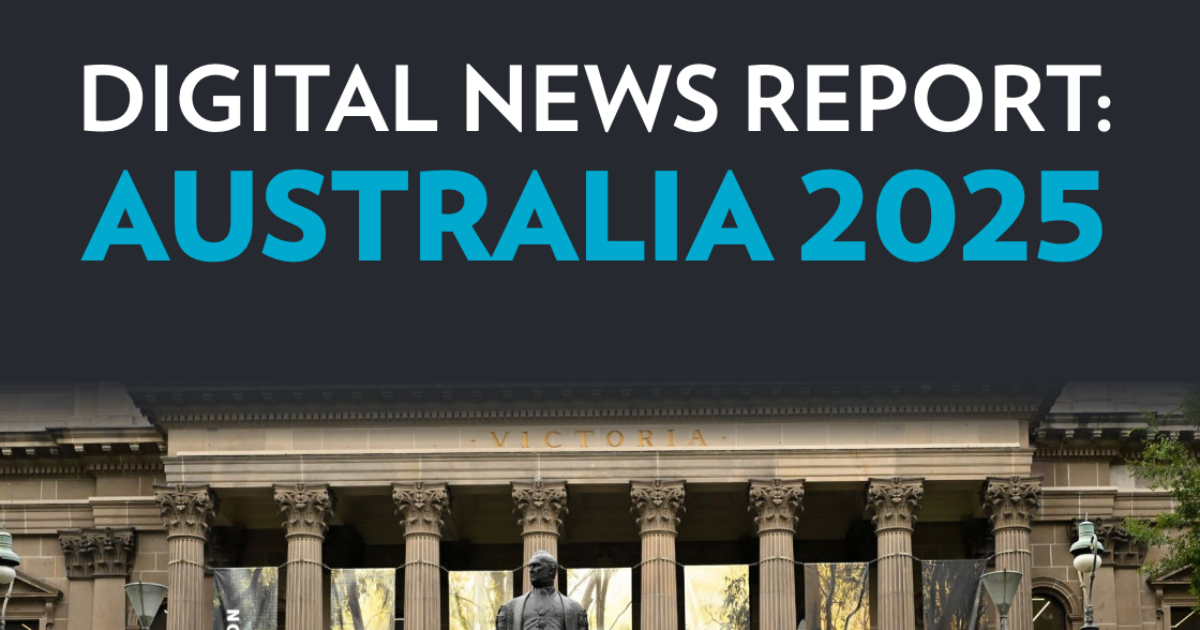The annual Digital News Report is a long-running international survey coordinated by the Reuters Institute for the Study of Journalism, in partnership with the University of Canberra for Australia’s contribution to the global study. The results, published annually, track trends in news consumption and delivery mechanisms, in Australia and by comparison to other countries.
Beyond a collection of findings on audience behaviour, the report can inform potential action from news publishers. Here are just some of the outtakes that local and independent newsrooms might choose to act on.
LINA ran a webinar with Sora Park & Kieran McGuinness from the University of Canberra, who provided a briefing of the report, tailored specifically to grassroots and local media. The recording and presentation slides are available here for LINA members.
Skip ahead for these topics:
- Expanding your audience reach
- Attracting a younger audience
- Building trust
- Making money
- Being of service to your community
- Distribution model
- Good news from the report
If you want to expand your audience reach…
- Social media takes the lead as the main source of news for the first time, overtaking online. Given how the winds of the algorithm can change, pro-active publishers will be doing all they can to bring publishers directly to news sites.
- To do this, publishers should note audiences are also finding online news through search engines (24%), alerts on phone and tablets (19%), email newsletters (18%), and apps and aggregators (17%). Publishers need to promote news services in each of these spaces to attract audiences to online news sites.
- The gender gap in news consumption continues to widen with women accessing news at a rate 23% lower than men. And yet, female audiences still need essential news right? Here lies an opportunity for independent publishers to meet the needs of an underserved audience group. The report found women and regional audiences are more interested in local news than general news. And that there is a gendered difference in the way people are finding news online, with more men using search engines and news aggregators and women accessing news via email newsletters and mobile alerts.
- When it comes to aggregators, people are primarily using Google News (19%) and Apple News (15%) to find news content. These have both risen significantly since 2016. Get on it if you’re not already. Our Technical Manager, Adrian can help you do this if you need a hand, book a time with him here.
- In terms of topics, people are more interested in local news (51%) than politics (36%), and the type of local information they want most is local news stories (crime, accidents etc) (54%), as well as local information services (41%) and local activities/culture (36%), coming in ahead of local politics/government (33%). Overall, Australians wanted more news than things to do/events.
If you’re interested in attracting younger audiences…
- Young people like news in short video formats, delivered on Tik Tok as the platform of choice, closely followed by Instagram. So that’s where they are if you want to go and find those audiences.
- That said, know that 57% of Australian audiences view Tik Tok as a major threat of misinformation, so if you’re dabbling in that space you will need to work harder to earn trust on this platform.
- Younger audiences increasingly say social media is the best source of local news stories (44%). LINA is currently running a program in New South Wales called Know Your Neighbour as a means of engaging young people in news. Newsrooms would do well to consider how they can promote their news services to younger audiences, including engaging schools and community groups to give young writers an opportunity to participate in news reporting.
- Young people are more likely to listen to a news podcast (15%) than older people. Only 4% of the over 55 age group use news podcasts.
Let’s talk about trust…
- When people do encounter misinformation, 39% say they turn to trusted news brands to check the veracity of the information. That’s you, and this is our role.
- Trust in news has risen slightly (up to 43%) and is notably higher among people who have received news literacy education. IYKYK.
- That said, only 24% of Australians have received news literacy education. While this is slightly higher than the global average (21%) it leaves a lot of people in the dark. Importantly, just 5% of people over 65 reported ever receiving media literacy education, and 13% of people aged 55-64. Given the role news publishers already pick up in educating audiences, there’s a role and potential income source here.
- Interestingly, those who have received news literacy education are more than twice as likely to be comfortable with news produced mostly with AI with some human oversight (40%) compared with people without news literacy training (15%).
- Audiences say less bias, more accuracy, transparency and verification would lift their trust in news. Are you showing your work? Are your editorial policies accessible to your readers on your website? Do you have the LINA logo badge and the Australian Press Council membership logos displayed on your website to help your audience understand you operate within professional editorial standards? Flagging these things helps audiences and your community recognise you as a professional news service and differentiate your work from that of influencers who they remain a little wary of.
- Trust in ‘my news’ has declined in regional areas, which probably reflects the closure of local news outlets, increased syndication and reductions in reporting by local journalists. Regional LINA members are in a good position to shift this.
- People suggested including more visual evidence in news reporting as a means of increasing trust, such as diagrams, data, images and video. LINA members are encouraged to use your Canva Pro account and/or Flourish to meet this demand.
Increase your chances of making money…
Look, the findings of this year’s report don’t uncover any golden tickets. In fact, this year’s report reinforces previous findings that even though Australia is among the highest pay countries in the world for paying for news (22%), approx. four in five people are still reluctant to pay for news. They’re not into bundling or deals. However:
- 59% of people surveyed say they are willing to pay for news podcasts. And the good news is that news podcasts are getting easier and easier to make. LINA can help with this if you want to do a weekly 5 minute wrap or similar to get started with something new to monetise. Some LINA members are already finding podcasting to be a lucrative revenue option.
- People with news literacy education are three times more likely to pay for news than those without. Delivering media literacy education is a potential revenue stream in the short-term for the 76% of Australians still needing education in this space, but also a means of boosting financial contributions in the mid to long term.
- When asked about the best sources of local information, 37% of people turned to social media for local services (e.g. plumbers, electricians, things to buy and sell). This presents an opportunity for digital news publishers to activate listings as a source of revenue.
Be of service to your community…
- Of all 48 counties surveyed, Australians are the most concerned about influencers driving misinformation (57%). Not only that, but we are the most concerned about misinformation in general, globally (74%). Could we work with influencers to alleviate these concerns? And/or actively address some of the misinformation fears in our communities?
- Back to the topic of podcasts, most listeners (83%) say podcasts help them understand issues more deeply. This is an opportunity for news publishers. Newsrooms might think about introducing podcasts by specific topic, or as a short weekly summary of events in the local area.
- Among the reasons people give for avoiding news is they’re feeling they can’t do anything with the information provided. This aligns with the findings of the Next Gen News report. Give your audience information on a way to take action on issues if you want to keep them coming back. Even if they don’t do anything, they’ll feel less disheartened by reading your news stories.
Let’s talk about distribution model…
- The age spread of people who generally source their news online is relatively even across the generations, as different to social media which is more popular with younger audiences and television and radio news which is more popular with older audiences.
- Readership of regional or local print newspapers has fallen 5% since 2024, to the lowest level recorded in the past decade. In contrast, use of regional or local news websites has gone up since 2022. This suggests a gradual shift towards digital news content and reflects that many local newspapers have stopped their print edition in the last few years.
- Audiences are increasingly preferring to watch online news videos, particularly 18-24 years old audiences who will watch news videos (35%) almost as much as read stories (48%). If you are doing video news, it’s worth noting that women are more likely to pay attention to ordinary people on Tik Tok than men (42% vs 38%), indicating that a relatable approach to video news delivery (‘one of us’ style presentation) is more likely to appeal to female audiences.
- Somewhat counterintuitively, the use of Facebook for accessing news increased this year after a long period of decline since 2016, up 6 points to 72% even after throttling news content.
And if you just need some good news…
News publishing is a tough business and sometimes we all need a little pick-me-up, so here’s a few rays of sunshine among the report findings that you might want to share in your media kit, with your stakeholders and with your audience:
- Interest in local news has risen to 51% (up 6% since 2020). This part of the news industry is literally giving the people what they want.
- In general, Australians have an above average interest in news (55%) compared with the global average (48%)
- More than half of survey respondents (54%) say they accessed local news stories in the last week.
- Australians’ trust in news is higher than the global average (43% compared with an average 39%).
- People turn to trusted news sources to verify information just as much (an equal 39%) as they do official government sources, and much more than somebody they know and trust personally (23%).
- While a lot of people are finding their news on social media, the leading source of news on social media is traditional news media/journalists on every social platform.
A lot of the findings won’t be news to LINA member publishers. But there are a few things you might add to your list of things to do based on this year’s Digital News Report.


